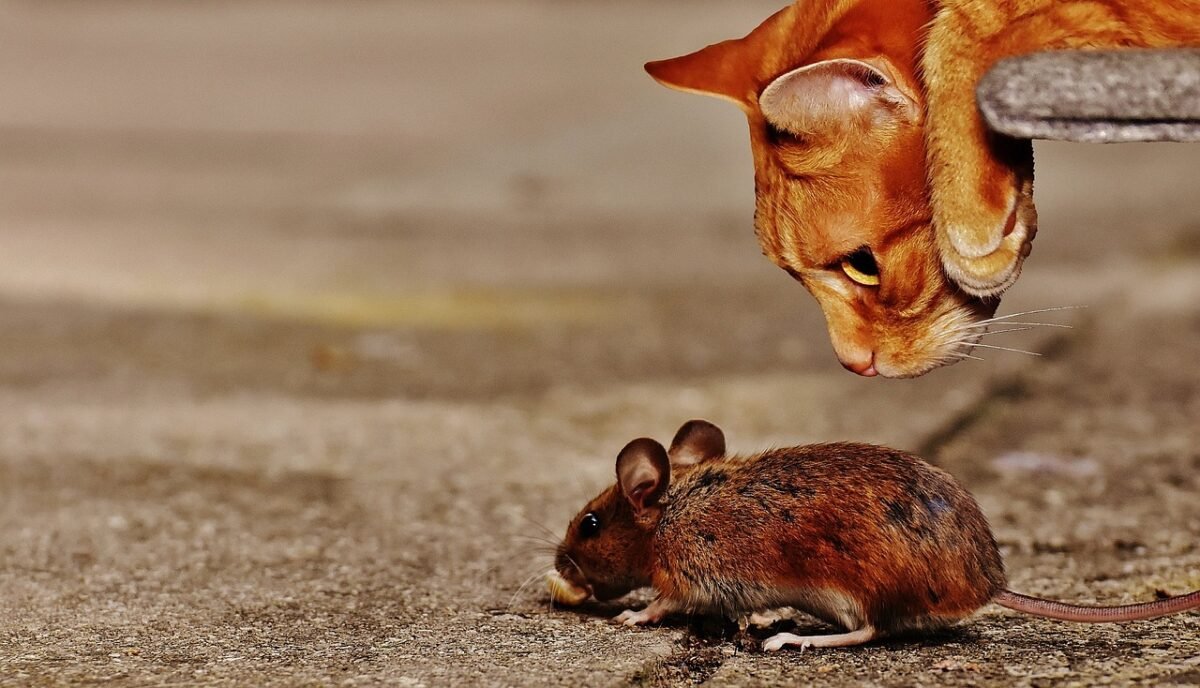-
The global war on feral cats.

Although domestic cats are one of our most popular companion pets, we have for centuries, been bad keepers of them and allowed them to breed indiscriminately, introduced them to countries around the world where they didn’t naturally exist and where they have upset the balance of nature, abandoned them in large numbers and generally failed…
